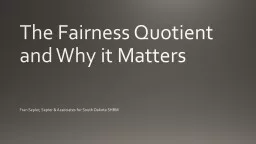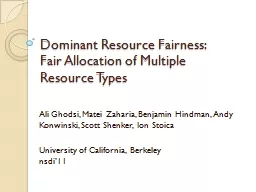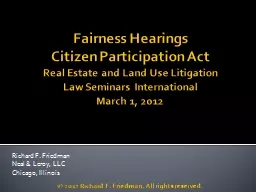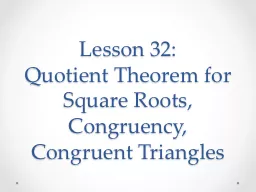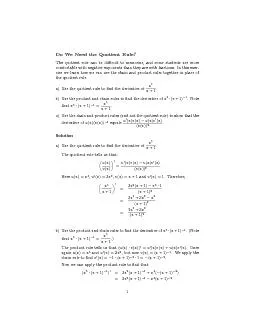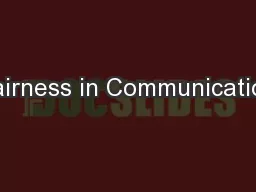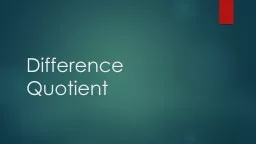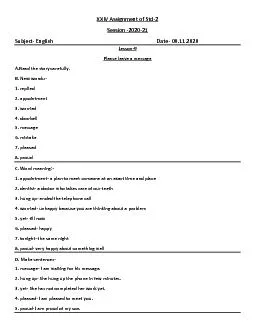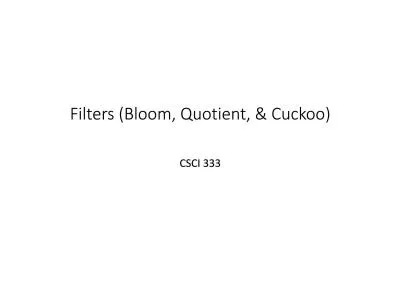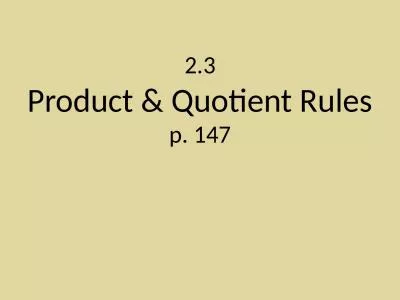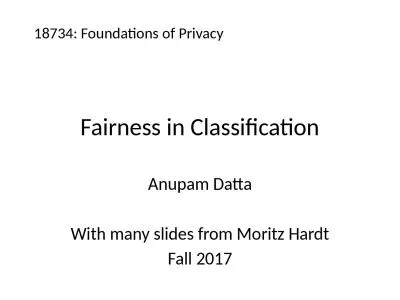PPT-The Fairness Quotient and Why it Matters
Author : karlyn-bohler | Published Date : 2019-11-06
The Fairness Quotient and Why it Matters Fran Sepler Sepler amp Associates for South Dakota SHRM Think of a Time You Were Treated Unfairly At Work What made the
Presentation Embed Code
Download Presentation
Download Presentation The PPT/PDF document "The Fairness Quotient and Why it Matters" is the property of its rightful owner. Permission is granted to download and print the materials on this website for personal, non-commercial use only, and to display it on your personal computer provided you do not modify the materials and that you retain all copyright notices contained in the materials. By downloading content from our website, you accept the terms of this agreement.
The Fairness Quotient and Why it Matters: Transcript
Download Rules Of Document
"The Fairness Quotient and Why it Matters"The content belongs to its owner. You may download and print it for personal use, without modification, and keep all copyright notices. By downloading, you agree to these terms.
Related Documents

